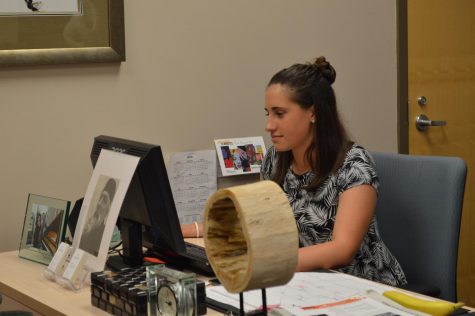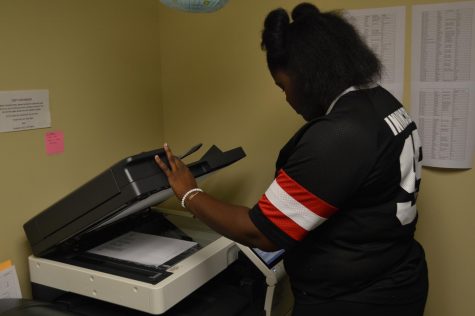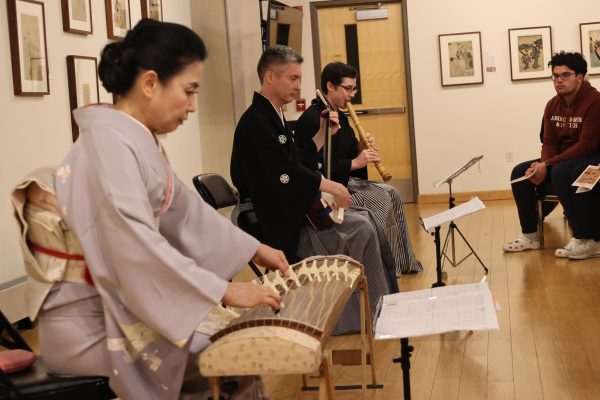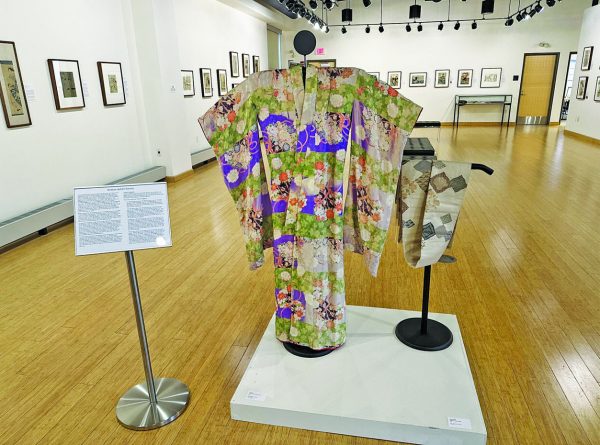Work Study Hours Cut
October 18, 2017

Sophomore Ashley Strasser doing work at the Pauly Friedman Art Gallery.

Iana Davis, sophomore communications major, copying notes at the Student Success Center.
Work Study students are receiving fewer hours and smaller paychecks.
Officials have cut the number of hours that work study students may work from 7.5 to five hours per week.
Elizabeth Lipski, Assistant Director of Student Financial Services, said possible government funding cutbacks as well as hikes in the minimum wage made the hour reductions necessary.
In President Trump’s budget proposal, the U.S. Department of Education takes a $9 billion, or 13.5 percent, cut, which would put Pell grants and work-study programs in jeopardy. Pell grants are the largest financial aid program based on students’ parental income, and they are credited with making college possible for many low-income students.
Like most schools, the university offers the Work Study program to not only help students financially, but to teach them basic work skills, ethics and professionalism. Students must meet eligibility guidelines to participate in this program, which requires approval from the Financial Aid Office.
Patrick Joyce, junior mid-level education major, said Work Study has provided him with more than a job.
“Work Study has definitely help me decide what I want to do in in the future, which is work in the student activities department. It is unfortunate that I cannot work the hours that I am used, but I have to accommodate with the hours I am required to work,” Joyce said.
Melanie Frye, senior accounting and pre doctor of physical therapy major, said the stricter employment rules are impacting students.
“Work-study is important because it fits with in our busy schedules, whereas off-campus jobs do not. Hour cutbacks are having an adverse effect on students who depend on that income,” Frye said.
Lipski said students have not expressed any concerns to her about the reduction of hours.






